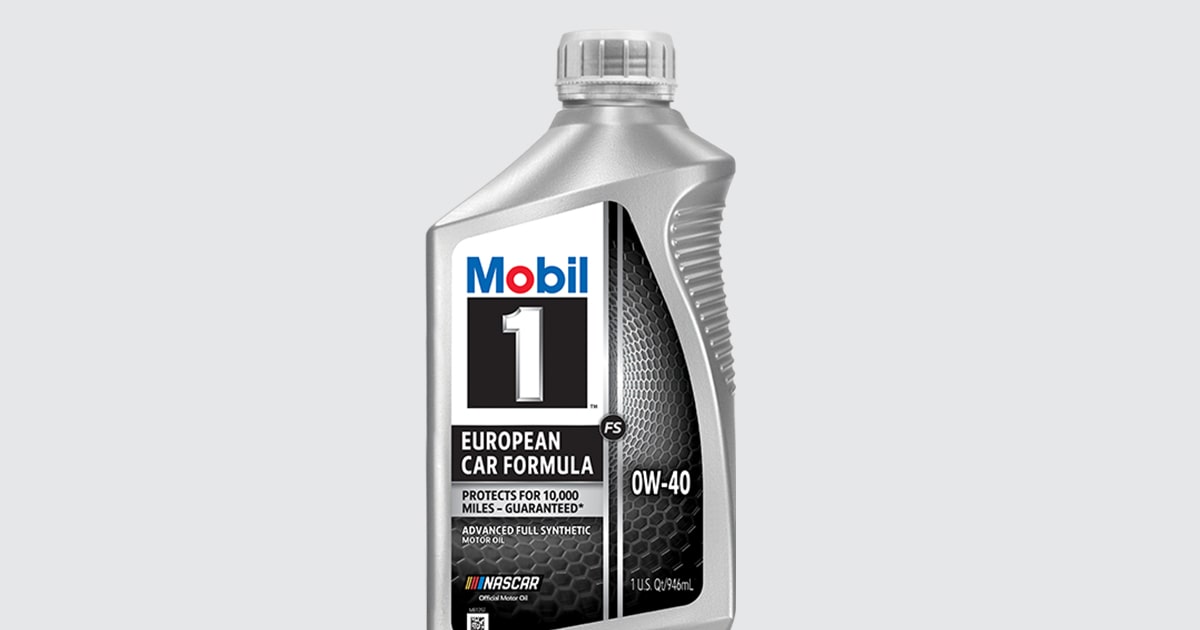Prior UOA using Quaker State for reference: B6324S5 | Blackstone UOA | Quaker State Full Synthetic 5W-30
Posted below is the latest UOA following my switch to Mobil 1 FS 0W-40. I kept the interval intentionally short / consistent with the last one to make the comparison fair.
Some notes / observations:
![Image]()
Posted below is the latest UOA following my switch to Mobil 1 FS 0W-40. I kept the interval intentionally short / consistent with the last one to make the comparison fair.
Some notes / observations:
- 7.5 QTs were filled and 6.75 QTs were drained after 3K miles, indicating a notably slower rate of consumption than observed with QSFS 5W-30.
- Adding 7.5 QTs back and checking on verified level ground, the dipstick reads on the 3rd "X", which is one notch below Full.
- There is no measurable difference between checking the oil level immediately after engine shutoff vs. after waiting 5-10 minutes.
- Wear Metals | QSFS 5W-30 and Mobil 1 FS 0W-40 performed equally well.
- Remaining Additives (TBN) | Mobil 1 FS retained significantly more (6.7 vs. 3.8).
- Flashpoint | QSFS was notably more robust (~7% drop from new vs. Mobil 1 FS reporting ~12% drop from new).
- Shear Stability | Mobil 1 FS was slightly more robust (cSt @ 100C dropped ~16% over the course of the OCI vs. the 20%+ drop with QSFS).







